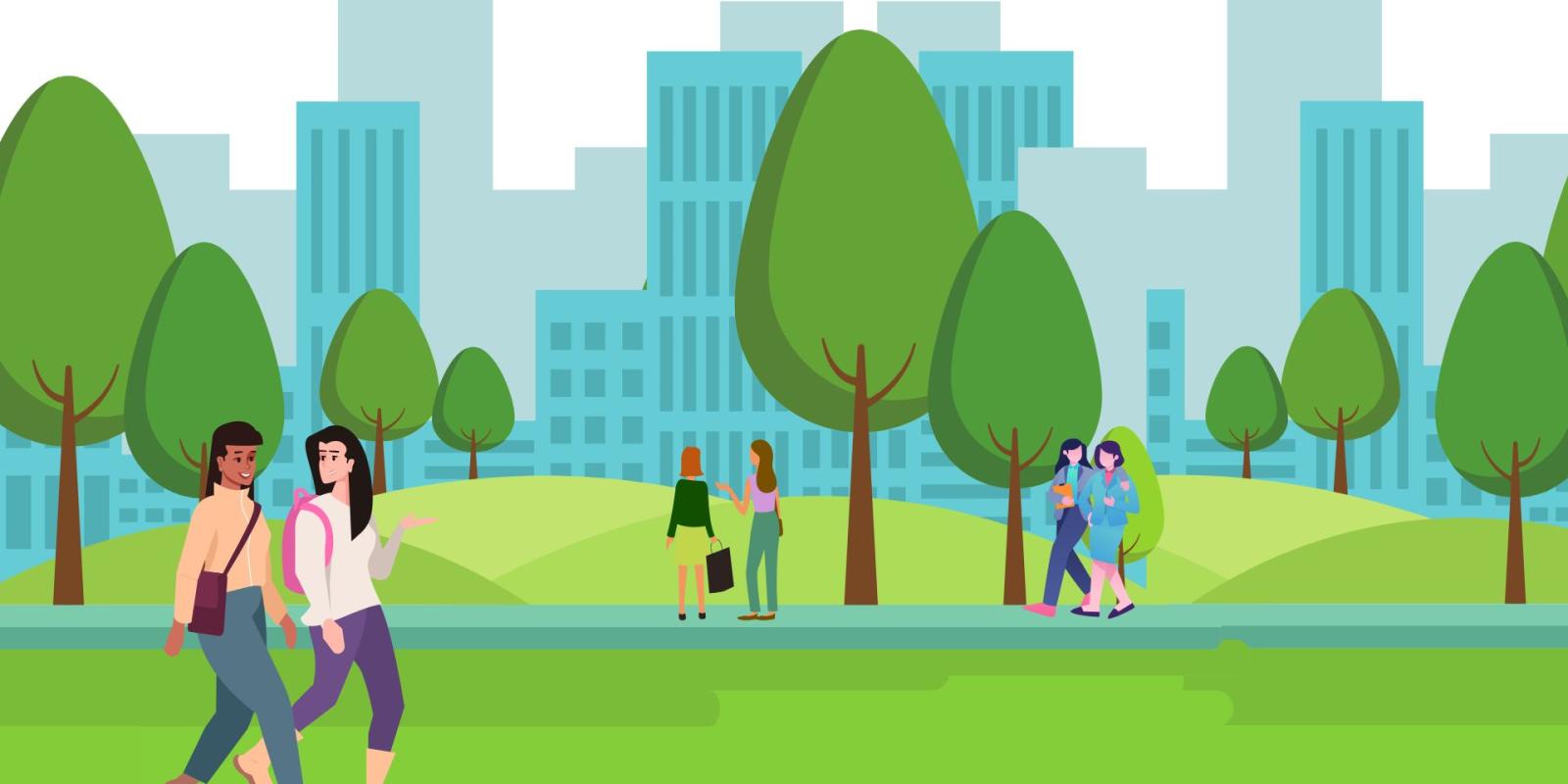
A City for All: Gender as a Lens for Design
“Navigating a massive city such as Cairo encompasses a wide array of challenges and gender inequalities, from walking in the streets and riding public transportation to dealing with physical and social limitations, as well as the absence of public space. These are all encounters that raise questions about harassment and women's rights. Students should reimagine how this can be different,” said Momen El-Husseiny, assistant professor in the Department of Architecture.
This is what students in the new course, Gender as a Design Lens, sought to do –– find solutions to pressing social challenges such as public space sexual harassment, designing women-only areas in health clubs and mosques, and improving the livability of places on campus and in Cairo.
The course divided students into groups and helped them develop a design thinking exercise, where they reflected on a particular challenge they experienced. Course instructors were El-Husseiny; Helen Rizzo, associate professor of sociology; and Magda Mostafa, professor of design in the Department of Architecture.
“This was a great opportunity to bring these fields together in conversation with gender studies and expose the students to design thinking,” said Rizzo, explaining how Cairo's complex problems require interdisciplinary solutions.
Mostafa hopes the course broadens student understanding of the role gender identity plays in multiple facets. “Academic disciplines engage with the notion of gender in different ways and at different levels,” she said. “For example, biology works to try and find quantifiable measures rooted in science that define gender. Sociology engages with gender as a social construct, and design engages with gender as user experiences and identities. The more students understand and can engage in multiple understandings of gender and its correlation with problem solving, the better they will be equipped to make a meaningful, equitable and just impact on the world.”
This multidisciplinarity enabled students to approach projects with a structured and methodical approach. “I was introduced to various concepts related to gender and design, which broadened my understanding of the subject matter and its impact on society,” said Heidi Mohamed, mechanical engineering senior. “But the most thrilling aspect of the course was collaborating with students from diverse academic backgrounds and conducting interviews with individuals on campus whom I may not have had the opportunity to interact with otherwise.”
Maureen Salama, sociology senior, found value in learning that there isn’t a single way to develop a good solution for a given situation. “Empathy allowed us to consider as many people as possible and thus create more inclusive designs,” she said. “However, it’s important to remember that as time goes by, the way stakeholders interact with a design implemented may change over time. We see this happen often when small changes are made to spaces we use daily or the redesign of entire physical spaces.”
The course covered various topics, including gender, access and a sense of safety in public space; mapping gender and public space in the AUC campus and Cairo; gender through a biological lens; and women and mosque design. The course also featured prominent guest speakers. “Each guest lecturer brought their expertise and thus allowed for conversations to go in ways I wouldn’t necessarily expect,” said student Maureen Salama.
El-Husseiny hopes this course empowers students to break norms, barriers and taboos while engaging in problem solving given the existing social, cultural and economic constraints. “Together, we can develop a meaningful, purposeful, effective and sustainable change,” he said. “Cairo is a mosaic of interrelated fields, and we need to enable our students to be well equipped with a future that will be more dynamic and interdisciplinary.”
